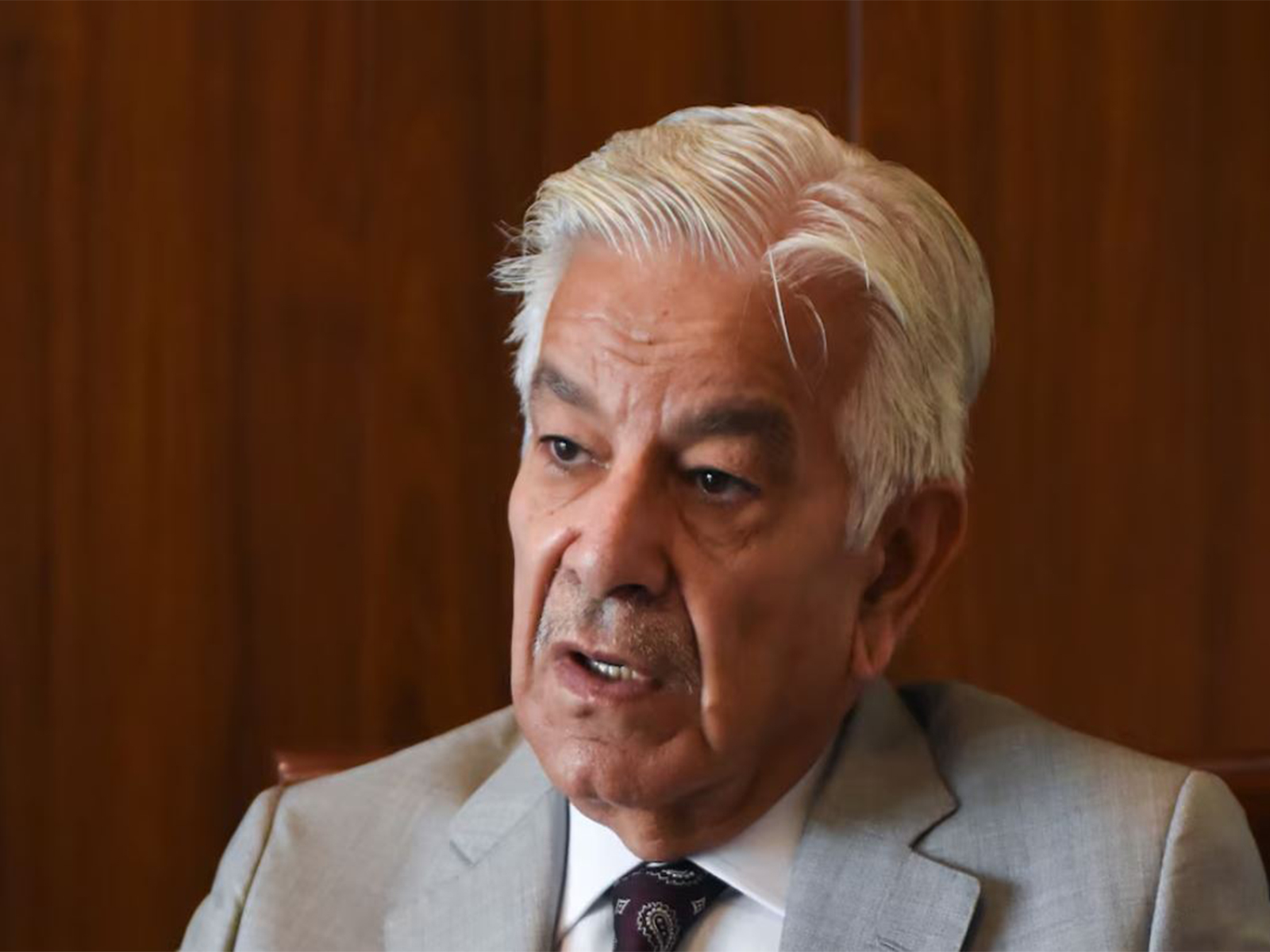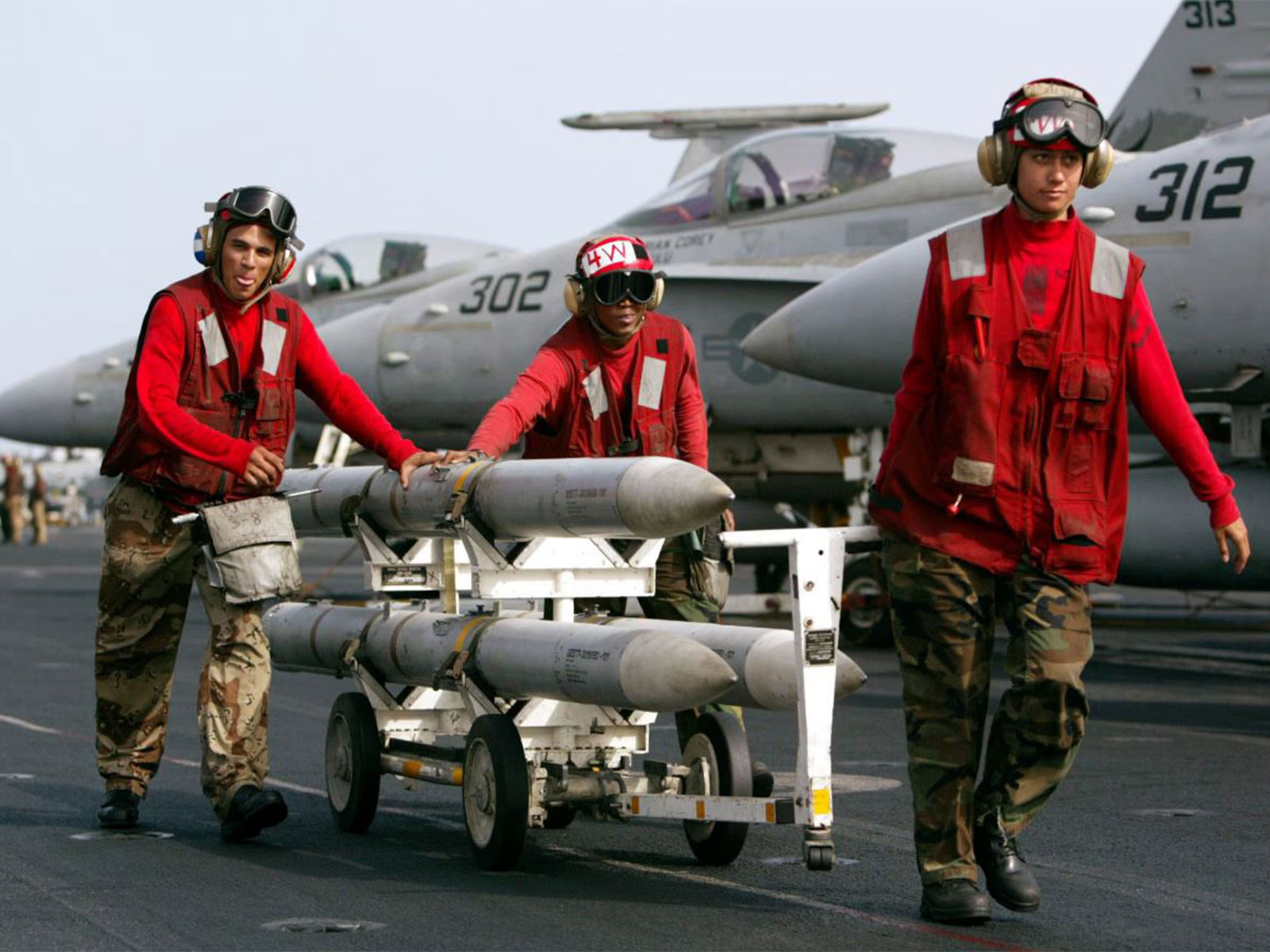- Hamid Khan requests SC to form full court on 26th Amendment.
- Lawyer argues…
Note that Rubio hands Trump says Gaza deal is ‘very close’ and requests approval for a social media announcement
The Associated Press is reporting that the note Marco Rubio just handed Donald Trump appeared to say that a deal was “very close”,…





